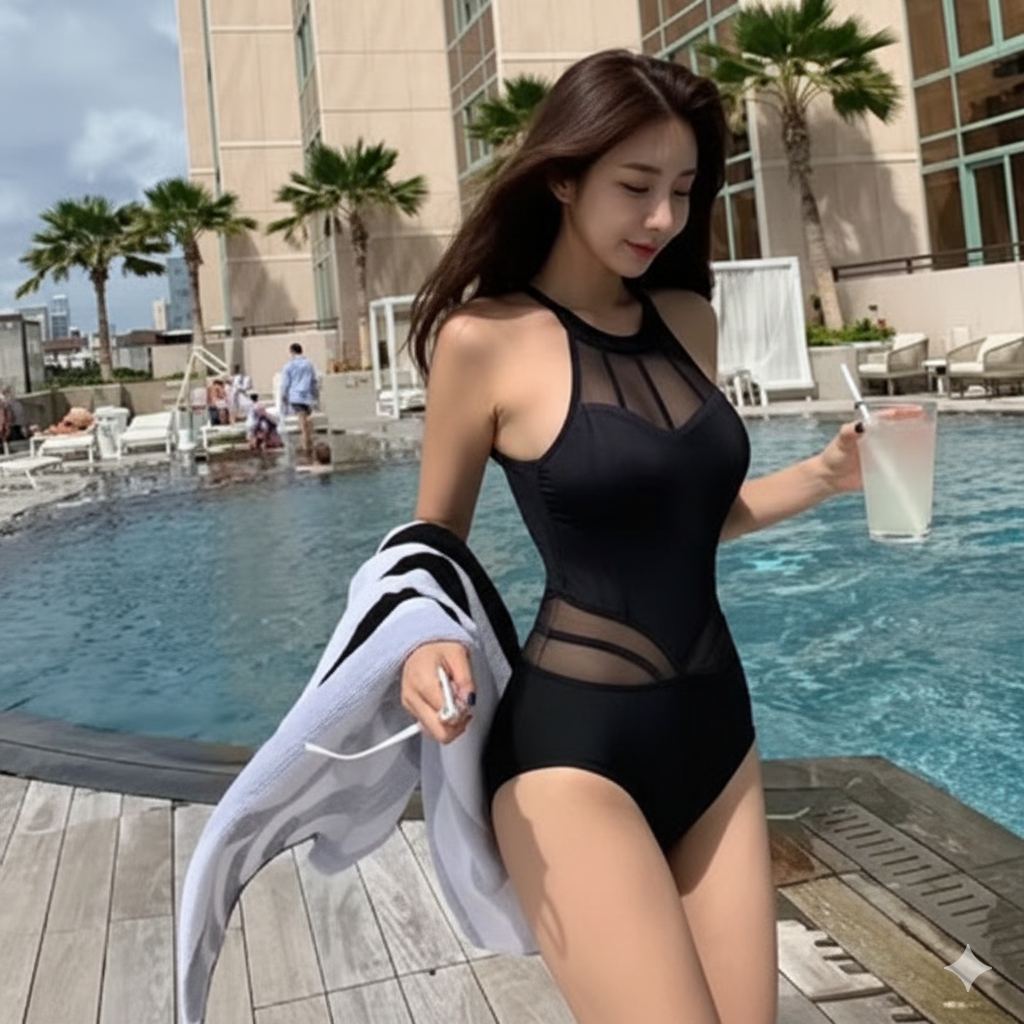
Ethnographic Snapshot: How Tokyo’s Nightlife Is Structured
Modern Japanese nightlife is organized by venue types that standardize space, time, and “how to behave.” A Pinsaro (Pink Salon) is a compact lounge with booths and short, time-boxed sessions where drink service and oral sex (フェラチオ / oral sex) operate as a codified performance within a regulated setting—not a spontaneous act. A Soapland offers private rooms for bathing rituals and choreographed body-to-body interaction in a fixed time format. Image Clubs stage role-play with costumes; Sexy Cabarets are seated social venues with light tactile proximity; Delivery Health (out-call) operates in external spaces like hotels. By contrast, Shinjuku’s bars, izakaya, and clubs are social hospitality spaces. Their intimacy is public and performative (bartender craft, shared counters, live sets) rather than private. Architecture prioritizes counters, stools, and alley flows; time is open-ended and governed by menus, cover charges, and last-train logistics. Understanding these formats helps you read the district without anxiety.
1. What defines Shinjuku nightlife (and who is it for)?
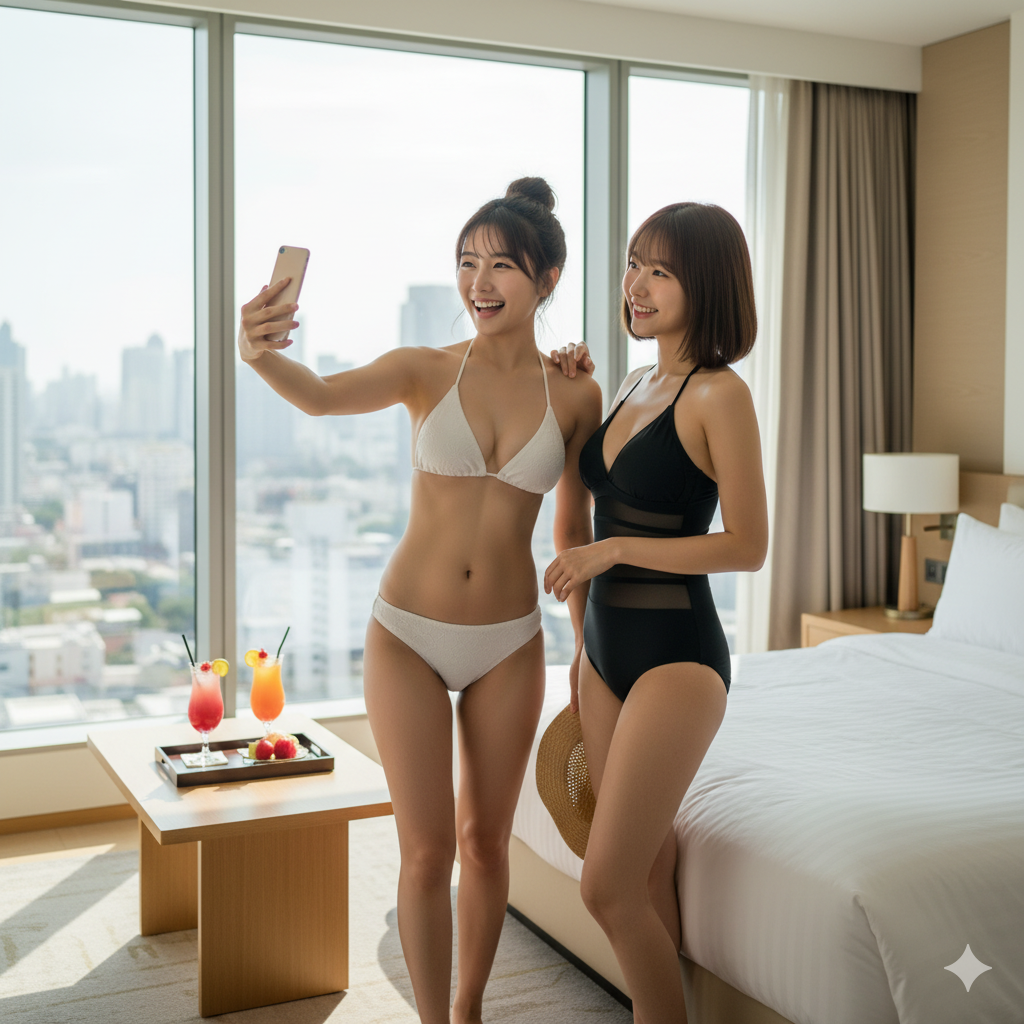
Answer Box: Shinjuku nightlife Tokyo is a dense, walkable grid for adults: tiny bars (Golden Gai), alley izakaya (Omoide Yokochō), mega-neon entertainment (Kabukichō), and LGBTQ+ streets (Ni-chōme). It suits solo travelers, couples, and groups who want variety within a 5–15-minute walk of Shinjuku Station.
1.1 How the area “works” in practice
Shinjuku balances alley intimacy with large-scale entertainment. Bar clusters run on conversation and bartender craft; big streets cater to bright signage and late-night dining. Official destination info: Shinjuku Convention & Visitors Bureau.
1.2 Who enjoys it most
First-timers who want several micro-experiences in one night; expats seeking LGBTQ+ venues; food-loving travelers who want yakitori and ramen between bars.
1.3 What you won’t need
Dress codes are light (smart-casual is fine). Most bars accept cards; some cash-only alleys remain. Always check the venue’s official page when possible.
2. Where to go: Kabukichō, Golden Gai, Omoide Yokochō, Ni-chōme
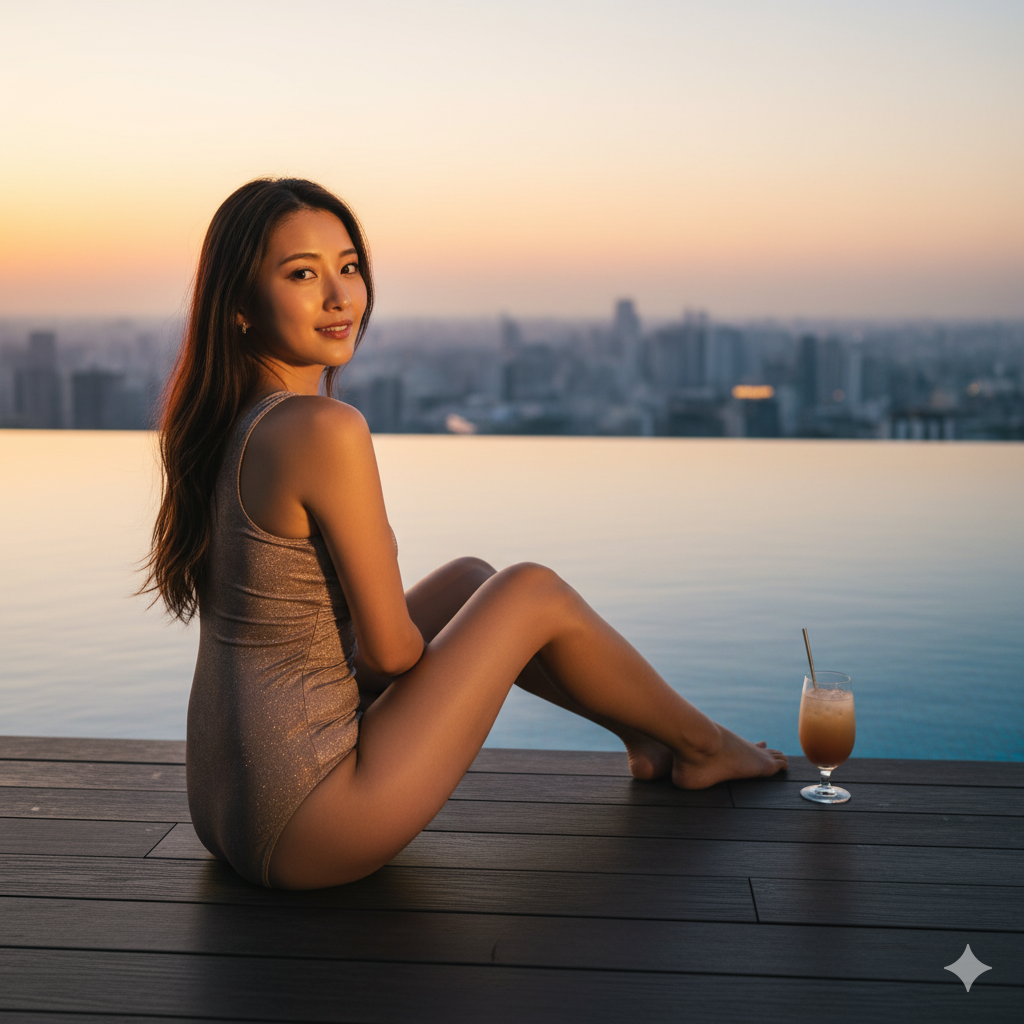
Answer Box: Plan a three-stop route. Start with Omoide Yokochō (yakitori alley), shift to Golden Gai (pocket bars), and finish in Ni-chōme (LGBTQ+ streets) or Kabukichō (big venues). Use the official links below to confirm hours, maps, and events.
2.1 Kabukichō (neon entertainment core)
Postwar redevelopment turned this district into a major entertainment zone stretching north of Seibu-Shinjuku. For history and area context, see the local tourism page: Kabukichō Overview (Official). Designer love hotels and themed venues cluster here; see a premium example: HOTEL PASHA (Official).
2.2 Golden Gai (tiny bars, big character)
Six narrow lanes packed with shoebox bars (8–20 seats). Expect conversation, theme décor, and occasional seat charges; some bars welcome first-timers and international guests. Orientation from local/official sources: Shinjuku Tourism Spots and city listings like Go Tokyo: Golden Gai.
2.3 Omoide Yokochō (pre-war alley revived)
A lantern-lit passage by the West Exit serving yakitori and offal dishes in micro-shops. Expect quick bites and beer/sake counters. See the official alley site for etiquette and shop list: Omoide Yokochō (Official).
2.4 Shinjuku Ni-chōme (LGBTQ+ streets)
Japan’s most famous LGBTQ+ micro-district, with dozens of welcoming bars of many styles. Event info and city context appear on official portals like Go Tokyo: Shinjuku Ni-chōme.
3. Prices, cover charges, and sample budgets
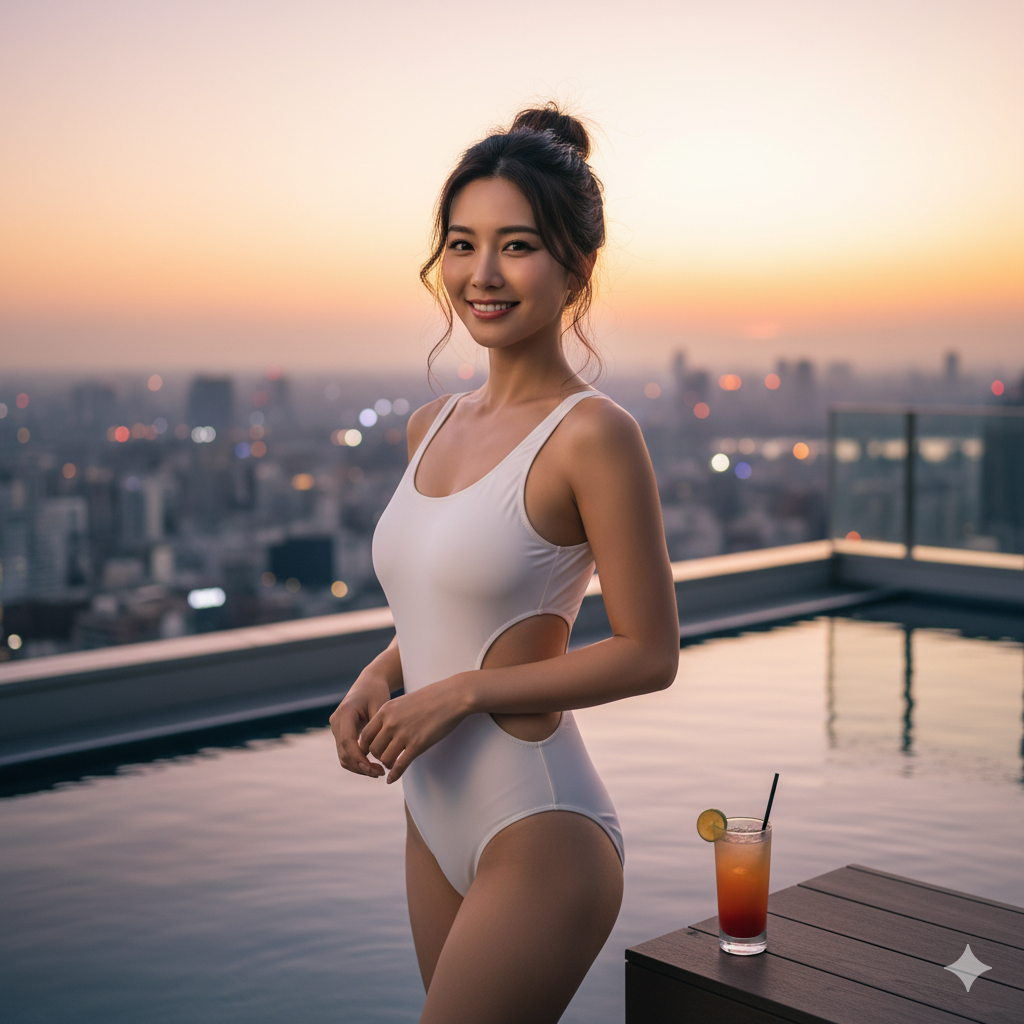
Answer Box: Bars post drink prices; some add a seat/table charge or a music charge. Conclusion → Numbers → Source: Craft pints ~¥900–¥1,400 and classic cocktails ~¥1,200–¥2,000 are common in central Tokyo. Live houses list charges on official pages (examples in Section 2).
3.1 What is an otōshi / seat charge?
A small per-person fee that sometimes includes a tiny appetizer (otōshi) or supports live programming. Always ask politely or check the venue’s site (e.g., Golden Gai bars’ notices via Go Tokyo).
3.2 Sample night budgets (per person)
- Alley crawl: 1 yakitori set + 2 drinks ≈ ¥2,500–¥3,500 (Omoide Yokochō Official for shop references).
- Golden Gai: 2 drinks + seat charge ≈ ¥2,500–¥4,000 (confirm at door/menu).
- Club / big venue: entry or music charge + 2 drinks ≈ ¥4,000–¥7,000 (check the event page of the venue you choose).
3.3 Quick-compare table (plan your first night)
| Micro-area | What it’s like | Typical Spend* | When to Go | Official Link |
|---|---|---|---|---|
| Omoide Yokochō | Yakitori & tiny counters near West Exit | ¥2,000–¥3,500 | 18:00–22:00 | Alley Official Site |
| Golden Gai | Six narrow lanes of pocket bars (8–20 seats) | ¥2,500–¥4,000 | 20:00–24:00 | Go Tokyo (Golden Gai) |
| Ni-chōme | LGBTQ+ streets; friendly counter bars | ¥2,000–¥4,000 | 21:00–late | Go Tokyo (Ni-chōme) |
| Kabukichō | Neon entertainment, themed venues | Wide range | Evening–late | Shinjuku Tourism (Kabukichō) |
*Indicative planning ranges; always confirm current pricing on each venue’s official page.
4. Getting around Shinjuku Station: exits, trains, and taxis
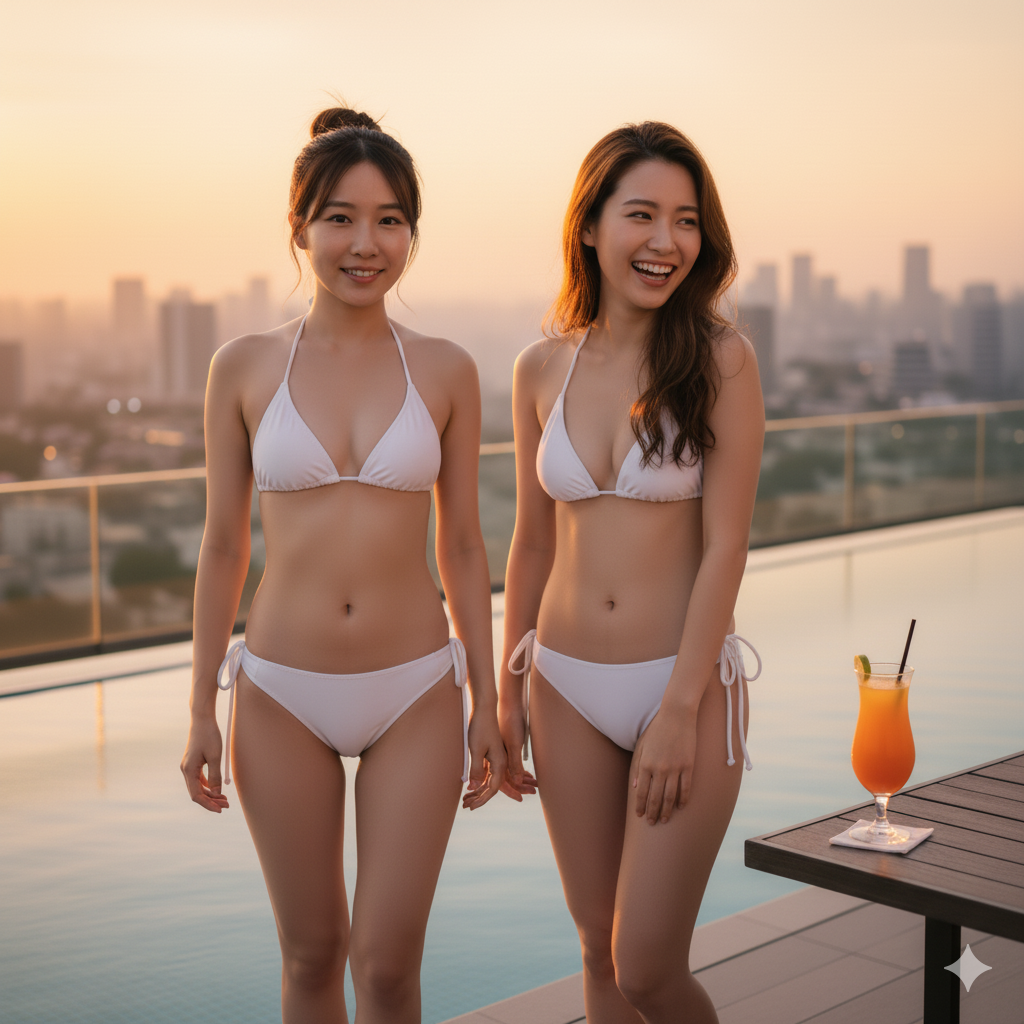
Answer Box: Shinjuku Station is vast. For Omoide Yokochō, use the West Exit. For Kabukichō/Golden Gai/Ni-chōme, use the East or Southeast Exits. Last trains are around midnight; taxis are plentiful on major roads.
4.1 Station references (JR/Metro/Toei)
JR station page (services & maps): JR East: Shinjuku Station. Tokyo Metro (Marunouchi Line) info: Tokyo Metro: Shinjuku. Toei Subway information: Toei: Shinjuku.
4.2 Walking times (quick guide)
- West Exit → Omoide Yokochō: ~2–4 min.
- East Exit → Kabukichō Gate: ~5–8 min.
- East/Southeast Exit → Golden Gai: ~10–12 min.
- Sanchōme Station → Ni-chōme: ~3–6 min. (Fukutoshin/Marunouchi lines)
4.3 If you stay late
Taxis line up on Yasukuni-dōri and by the big hotel fronts. Keep your destination address ready in Japanese (screenshot the map). City guidance for visitors and district maps: Shinjuku Visitors Bureau.
5. Etiquette, safety tips, and useful Japanese phrases
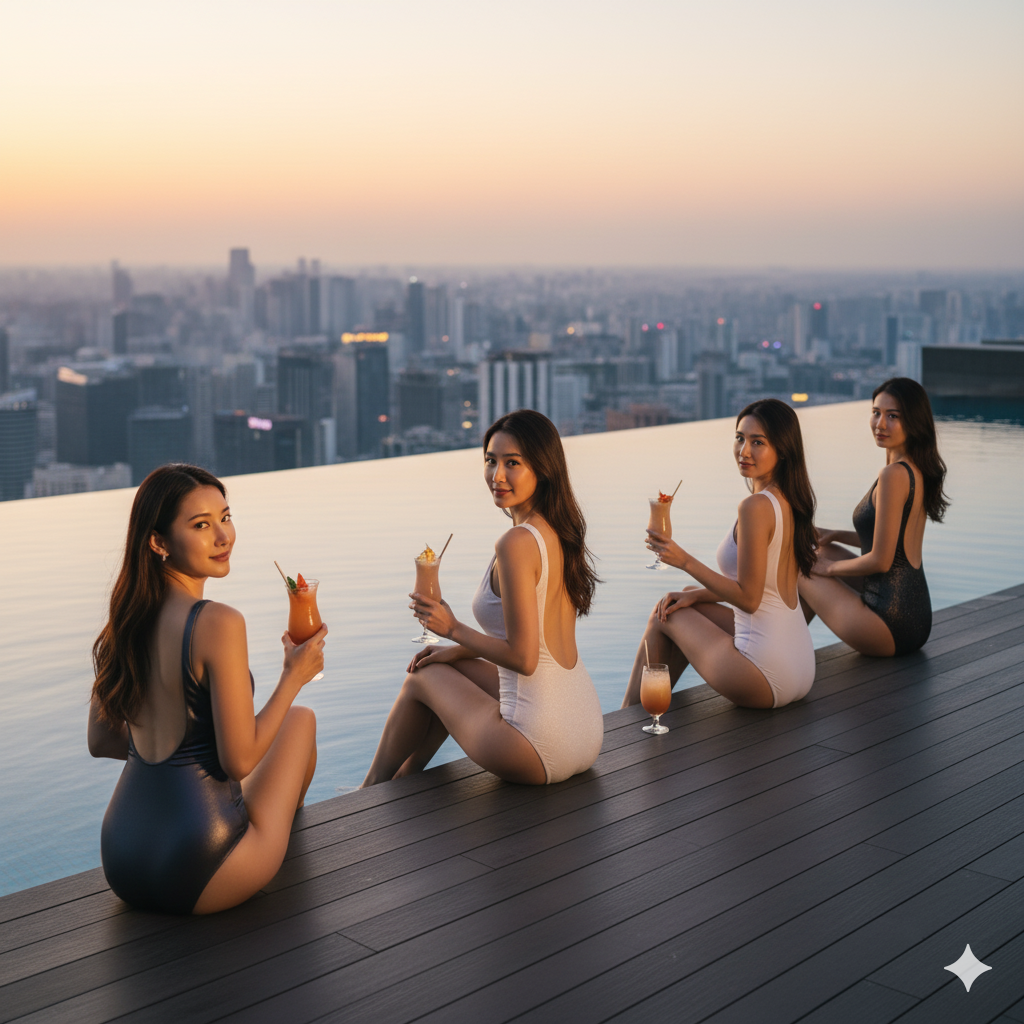
Answer Box: Keep voices moderate, ask about any seat or music charge, and order a first drink soon after seating. Avoid street touts offering “amazing deals.” Use official pages and posted menus for clear pricing.
5.1 Safety & common sense
- Politely decline street solicitation; choose venues with clear menus and official sites.
- Stick to well-lit streets and main alleys; travel in pairs late at night when possible.
- Tokyo Metropolitan Police advice for visitors: Overcharging & Touts (Official).
5.2 Useful phrases (plain, polite)
- “Tēburu chājī wa arimasu ka?” — Is there a seat/table charge?
- “Kurejitto kādo tsukaemasu ka?” — Do you accept credit cards?
- “Osusume wa nan desu ka?” — What do you recommend?
- “Eigo menyū wa arimasu ka?” — Do you have an English menu?
- “○○ made onegaishimasu” — (In a taxi) Please take me to ○○.
5.3 If you’re curious about “adult-only” venues
Shinjuku includes adult entertainment (see ethnographic snapshot above). If you plan to explore, use official sources and clear price boards. For a designer example of legal adult accommodation in Kabukichō, see HOTEL PASHA (Official). Keep conduct respectful and follow posted rules (adults only).
6. Summary and next steps

Answer Box: Choose one micro-area to start, confirm hours on the official link, and plan around last trains. A classic route is Omoide Yokochō → Golden Gai → Ni-chōme with ramen at the end. You’ll experience the full spectrum of Shinjuku nightlife Tokyo in one walkable loop.
6.1 One-minute checklist
- Pick your micro-area (Kabukichō / Golden Gai / Omoide Yokochō / Ni-chōme).
- Confirm hours & charges on the venue’s official page.
- Match the plan to your last train or budget for a taxi.
6.2 Shortlist (official links)
Shinjuku Visitors Bureau / Kabukichō Overview / Omoide Yokochō / Golden Gai (Go Tokyo) / Shinjuku Ni-chōme (Go Tokyo) / JR Shinjuku Station
Why Use SoapEmpire for Shinjuku Nightlife (Tokyo)
You searched for “shinjuku nightlife tokyo” and now you’re swimming in tabs—maps of Kabukichō, lists of Golden Gai bars, scattered advice about seat charges, and a dozen contradictory comments about last trains. The problem isn’t a lack of places; it’s the lack of structure on a night when your time is limited and the streets are dense.
SoapEmpire turns Shinjuku into a clear, walkable plan. We explain how the district operates—four micro-areas with different tempos—and then link directly to official pages so you can confirm hours, charges, and access in one tap. Whether your query was “shinjuku nightlife tokyo” or “best bars around East Exit,” our guides translate local systems (seat charges, alley etiquette, last-train timing) into simple steps you can follow.
Our core advantage is practical detail. For each micro-area we summarize: nearest exits, typical spend, and what to expect when you walk in. We surface venues that are friendly to international visitors, note when reservations help, and highlight where to eat between drinks. Because we also cover adult-only formats ethnographically (without hype), you’ll understand what’s behind the neon if curiosity strikes—and how to engage respectfully.
What you gain is confidence and time. Instead of scrolling on the sidewalk, you’ll arrive with a two- or three-stop sequence that fits your mood—yakitori at Omoide Yokochō, two tiny bars in Golden Gai, then a counter in Ni-chōme. If plans change, our area-based approach lets you pivot quickly within a few city blocks.
Prefer concierge help? SoapEmpire offers 24-hour booking support for only $10. Tell us your preferred zone (Kabukichō / Golden Gai / Omoide Yokochō / Ni-chōme), time window, and party size. We’ll call in Japanese, line up your seats where available, and send back a clean confirmation in English with directions. For reservations or inquiries, please contact us via the inquiry form.
If you’re interested in visiting any of these places, SoapEmpire offers a 24-hour booking support service for only $10.
Just send the store name, preferred time, and your name (nickname is fine) to: artistatakuma@icloud.com.
We’ll take care of your reservation quickly and smoothly.
FAQ: Shinjuku Nightlife (Tokyo)
Q1. What time does Shinjuku get busiest?
A. Fridays and Saturdays from 20:00–24:00 are peak. Golden Gai gets lively after 21:00; Omoide Yokochō is better early evening. Check venue pages for specific hours (e.g., Omoide Yokochō).
Q2. Are there cover or music charges?
A. Some bars—especially in Golden Gai and live houses—use seat/music charges. It’s typically posted at the door or menu; ask “Tēburu chājī wa arimasu ka?”.
Q3. Is Shinjuku safe at night?
A. Stick to main streets, avoid touts, and choose venues with clear menus. See Tokyo Metropolitan Police advice for visitors.
Q4. How do I navigate the station?
A. Use West Exit for Omoide Yokochō; East/Southeast for Kabukichō, Golden Gai, and Ni-chōme. Station info: JR Shinjuku / Tokyo Metro.
Q5. What should I budget for a casual night?
A. ¥3,000–¥5,000 covers a simple alley dinner plus two drinks; ¥6,000–¥9,000 if you include a live venue or premium cocktails. Always confirm current pricing on the venue’s official page.


